Wolfram Function Repository
Instant-use add-on functions for the Wolfram Language
Function Repository Resource:
Explore the low-level structure of Wolfram Language expressions with an easy-to-read concise representation
ResourceFunction["ShortInputForm"][expr] produces terse version of expr intended for inspecting its low-level structure. |
Display the structure of a Graph expression's input form:
| In[1]:= |
| Out[1]= |
Explore the low-level structure of a graphics object produced by Plot. Try selecting subexpressions with the mouse, navigating with keyboard shortcuts, copying and editing code:
| In[2]:= |
| Out[2]= | 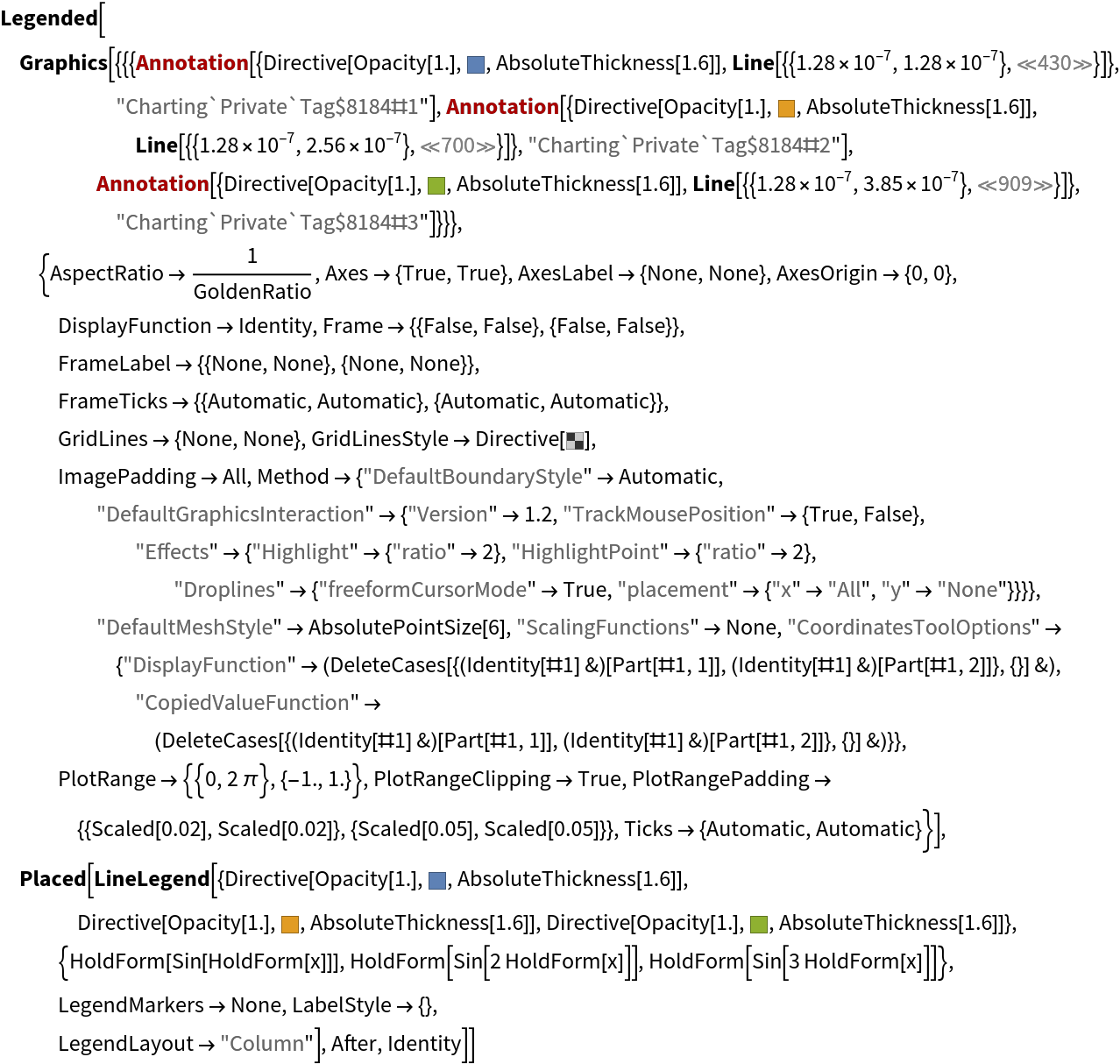 |
Copy a subexpression from above and use it in Graphics:
| In[3]:= |
| Out[3]= |  |
Compare the internal structure of similar objects generated in different ways:
| In[4]:= | ![{ListPlot3D[Table[Sin[x + y^2], {y, -2, 2, 1}, {x, -3, 3, 1}], Mesh -> None, Axes -> False, Boxed -> False], Plot3D[Sin[x + y^2], {x, -3, 3}, {y, -2, 2}, Mesh -> None, Axes -> False, Boxed -> False, PlotPoints -> {7, 5}, MaxRecursion -> 0]}](https://www.wolframcloud.com/obj/resourcesystem/images/8f0/8f0c296f-5969-4d10-bb6c-70c689b17948/7c587eeb094ed4bb.png) |
| Out[4]= | 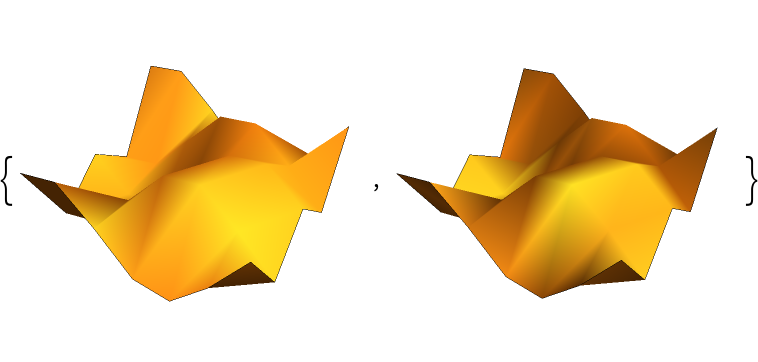 |
| In[5]:= |
| Out[5]= | 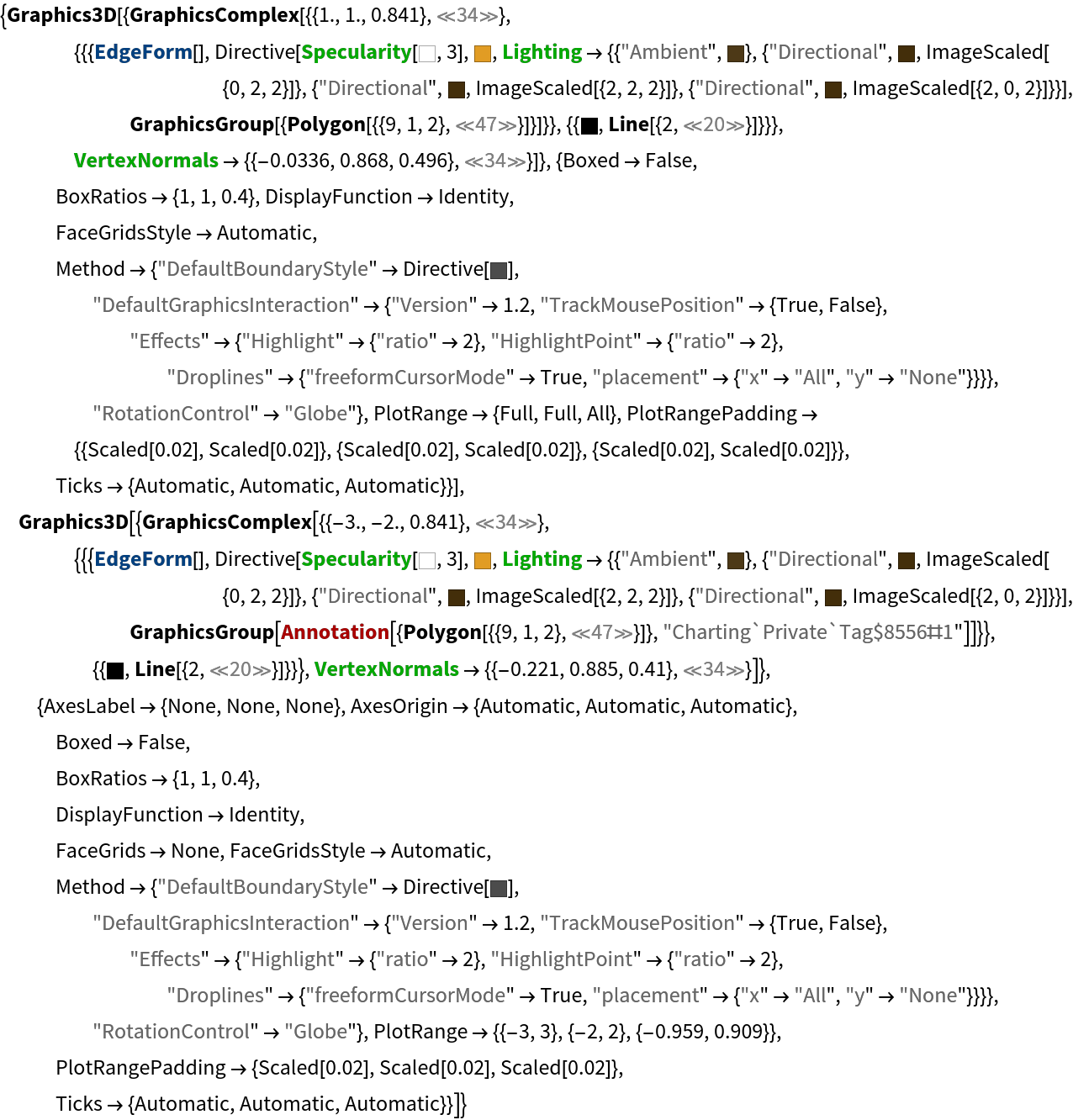 |
Check the result of applying Normal to a graphics object:
| In[6]:= | ![pl = PointValuePlot[Table[RandomReal[10, 2] -> RandomReal[], 5], ColorFunction -> "Rainbow"];
plNormalized = Normal@pl;
ResourceFunction["ShortInputForm"]@pl](https://www.wolframcloud.com/obj/resourcesystem/images/8f0/8f0c296f-5969-4d10-bb6c-70c689b17948/17fde3d76f0901d6.png) |
| Out[8]= | 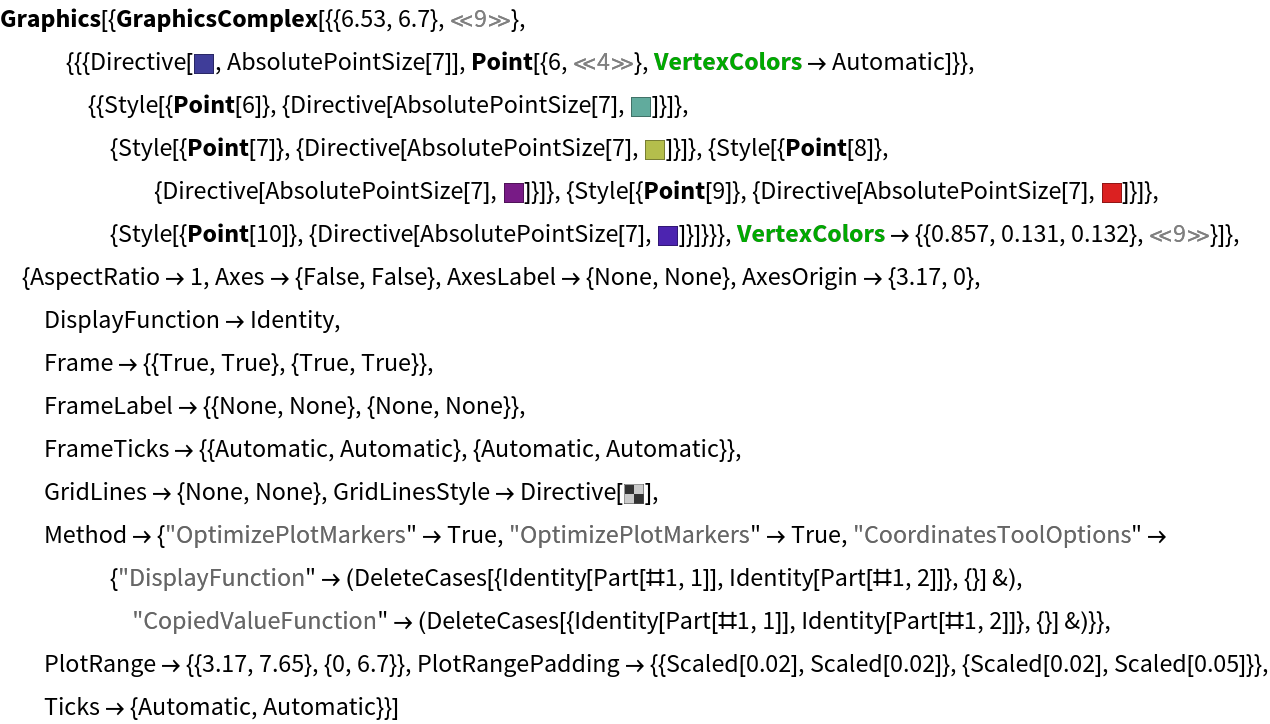 |
| In[9]:= |
| Out[9]= |  |
InputForm always produces a one-dimensional representation of the expression in the form of pure text, suitable to be typed as Wolfram Language input via text-based interface. Within the notebook interface, semantic selection and code highlighting aren't available with InputForm expressions:
| In[10]:= |
| Out[10]= |
| In[11]:= |
| Out[11]= |  |
ShortInputForm produces shortened two-dimensional output, suitable to be used as input within the notebook interface. Semantic selection and code highlighting are turned on by default:
| In[12]:= |
| Out[12]= |
Special forms like NumericArray by default are kept untouched for readability, but can also be converted by applying ShortInputForm to them separately:
| In[13]:= |
| Out[13]= |
| In[14]:= | ![NumericArray[CompressedData["
1:eJxTTMoPSmNiYGAo5gASQYnljkVFiZXBbCBOamKOsVEOSJILiiGgwZ4BA8DE
QDQMI8uhi2ETx6UHmzyx5hAD0PWim4PLb7j8hW42PjPIkUOoAQDnySvl
"],"Real32"] // ResourceFunction["ShortInputForm"]](https://www.wolframcloud.com/obj/resourcesystem/images/8f0/8f0c296f-5969-4d10-bb6c-70c689b17948/79ba35ac88a41f6f.png) |
| Out[14]= |
Such forms usually can be converted to normal expressions by applying Normal:
| In[15]:= | ![NumericArray[CompressedData["
1:eJxTTMoPSmNiYGAo5gASQYnljkVFiZXBbCBOamKOsVEOSJILiiGgwR6VRhbH
JoYNIKuFsbFhfObiUkOsOehsfOYRcjs+tyGbQchtxOhD8AHOCjNb
"],"Real32"] // Normal](https://www.wolframcloud.com/obj/resourcesystem/images/8f0/8f0c296f-5969-4d10-bb6c-70c689b17948/240f0b99d257b9e2.png) |
| Out[15]= |  |
By default ShortInputForm[expr] keeps untouched compound-type atomic objects when they are part of the supplied expression:
| In[16]:= | ![expr = {RandomImage[1, {50, 40, 20}], DelaunayMesh[RandomReal[1, {7, 3}]], Graph[{1 \[UndirectedEdge] 2, 2 \[UndirectedEdge] 3, 3 \[UndirectedEdge] 1}], SparseArray[{{5}} -> 1, {6}], NumericArray[RandomReal[1, {5, 5}], "Real64"]};
AtomQ /@ expr](https://www.wolframcloud.com/obj/resourcesystem/images/8f0/8f0c296f-5969-4d10-bb6c-70c689b17948/6404d8cdc764d899.png) |
| Out[17]= |
| In[18]:= |
| Out[18]= | 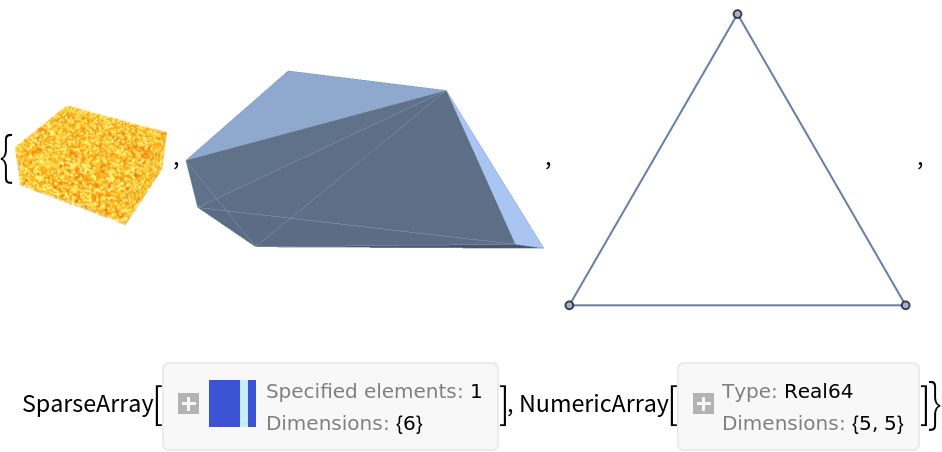 |
Use ShortInputForm[expr, Unevaluated] to convert most of them into actual input expressions revealing their low-level structure:
| In[19]:= |
| Out[19]= | 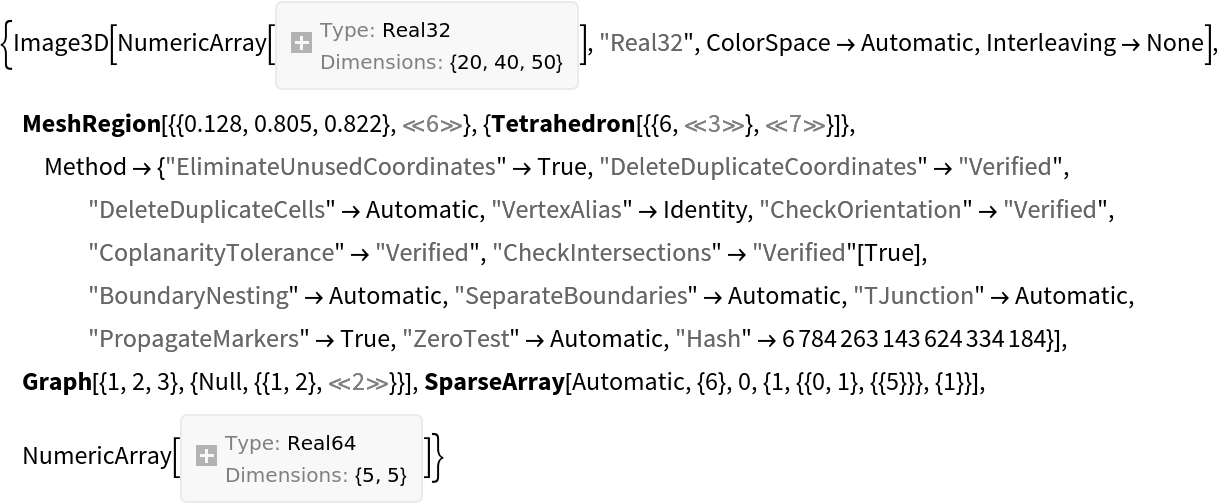 |
Alternatively, apply ShortInputForm to the atomic objects directly:
| In[20]:= |
| Out[20]= | 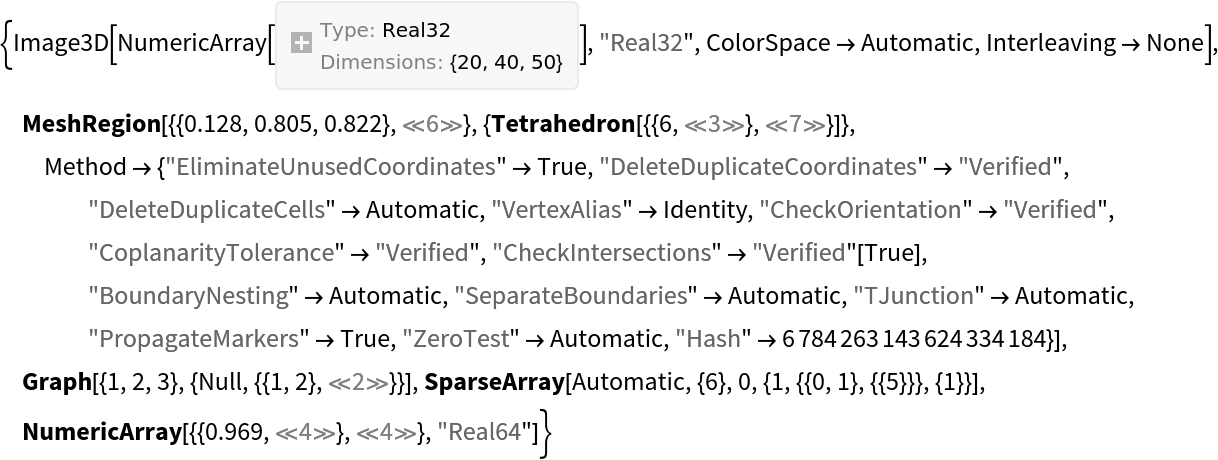 |
Explore box structures generated by ToBoxes taking advantage of the easy-to-read representation generated by ShortInputForm:
| In[21]:= |
| Out[21]= |  |
Create an auxiliary function that exports a supplied expression to "PDF" and then immediately imports the results as vector graphics:
| In[22]:= | ![vectorExportImportPDF[expr_] := First@ImportString[
ExportString[expr, "PDF", "AllowRasterization" -> False], If[$VersionNumber >= 12.2, {"PDF", "PageGraphics"}, {"PDF", "Pages"}], "TextOutlines" -> False]; graphics2D = Plot[Sin[x], {x, 0, 10}, Axes -> False]](https://www.wolframcloud.com/obj/resourcesystem/images/8f0/8f0c296f-5969-4d10-bb6c-70c689b17948/1c8b115e8fa264ad.png) |
| Out[22]= | 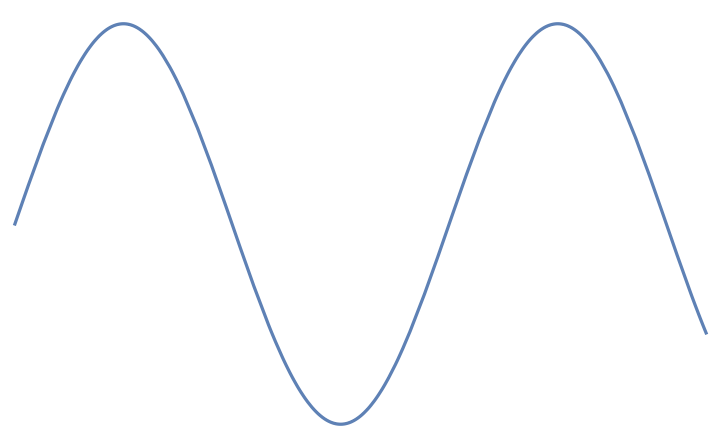 |
Inspect the internal contents of returned graphics with ShortInputForm:
| In[23]:= |
| Out[24]= |  |
| In[25]:= |
| Out[25]= |  |
This work is licensed under a Creative Commons Attribution 4.0 International License